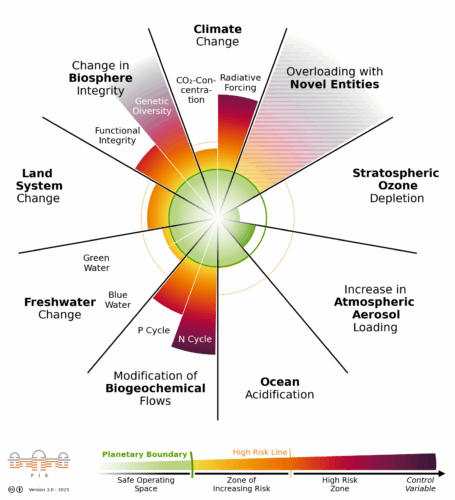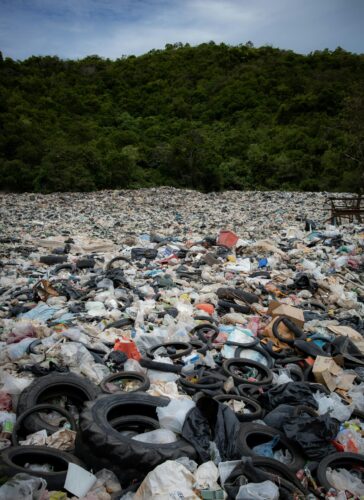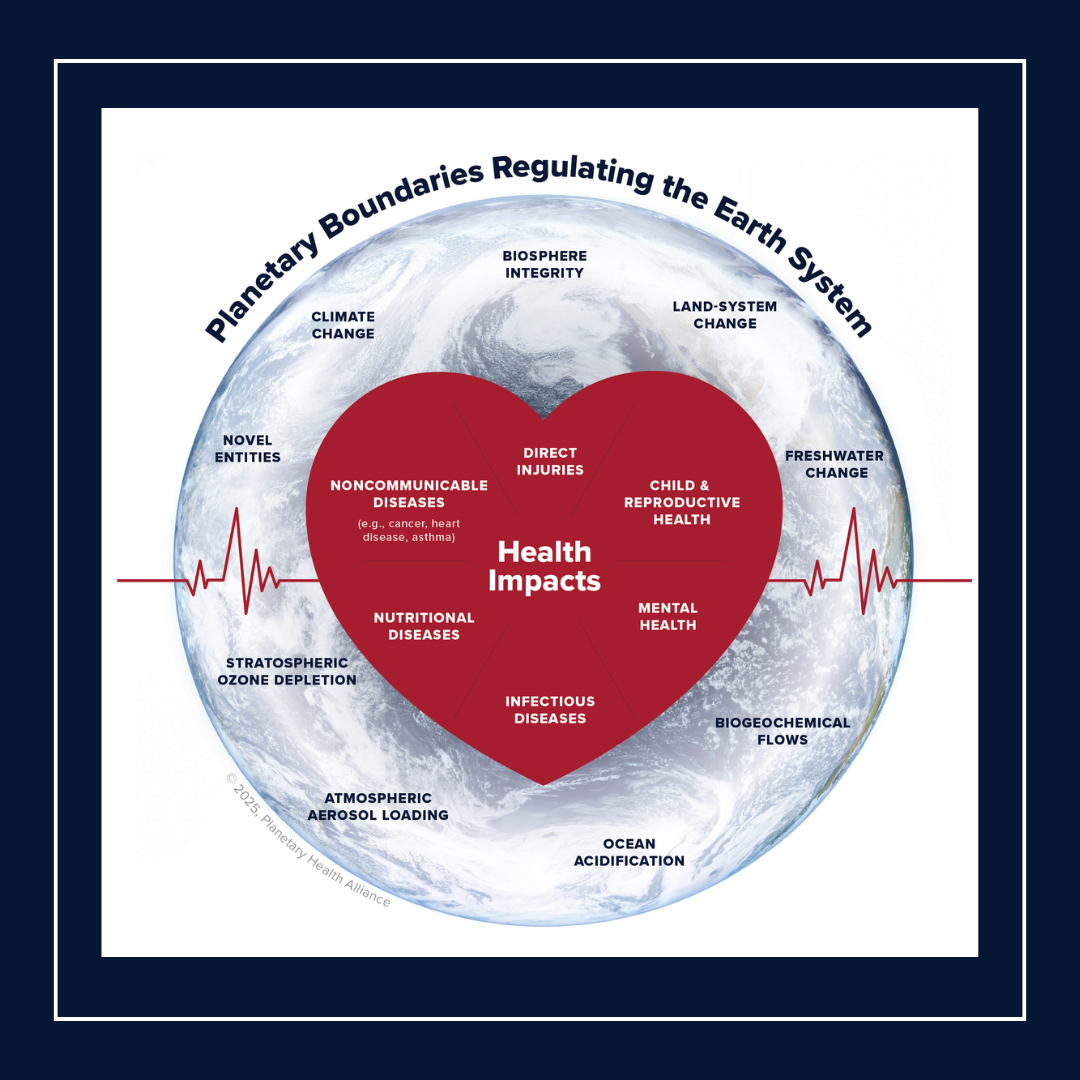

Credit: Potsdam Institute for Climate Impact Research
Planetary Boundaries Defined
The Planetary Boundaries are the “safety limits” for Earth’s life-support systems. First outlined by Earth System scientists in 2009, the framework tracks how human activity is affecting nine critical processes that keep our planet stable. Today, seven of the nine boundaries have been crossed, threatening the stability of the natural systems that sustain life.
Planetary Health intersects with the Planetary Boundaries framework and recognizes that a livable future depends on keeping Earth’s systems within safe limits.
Learn more about Planetary Boundaries
















